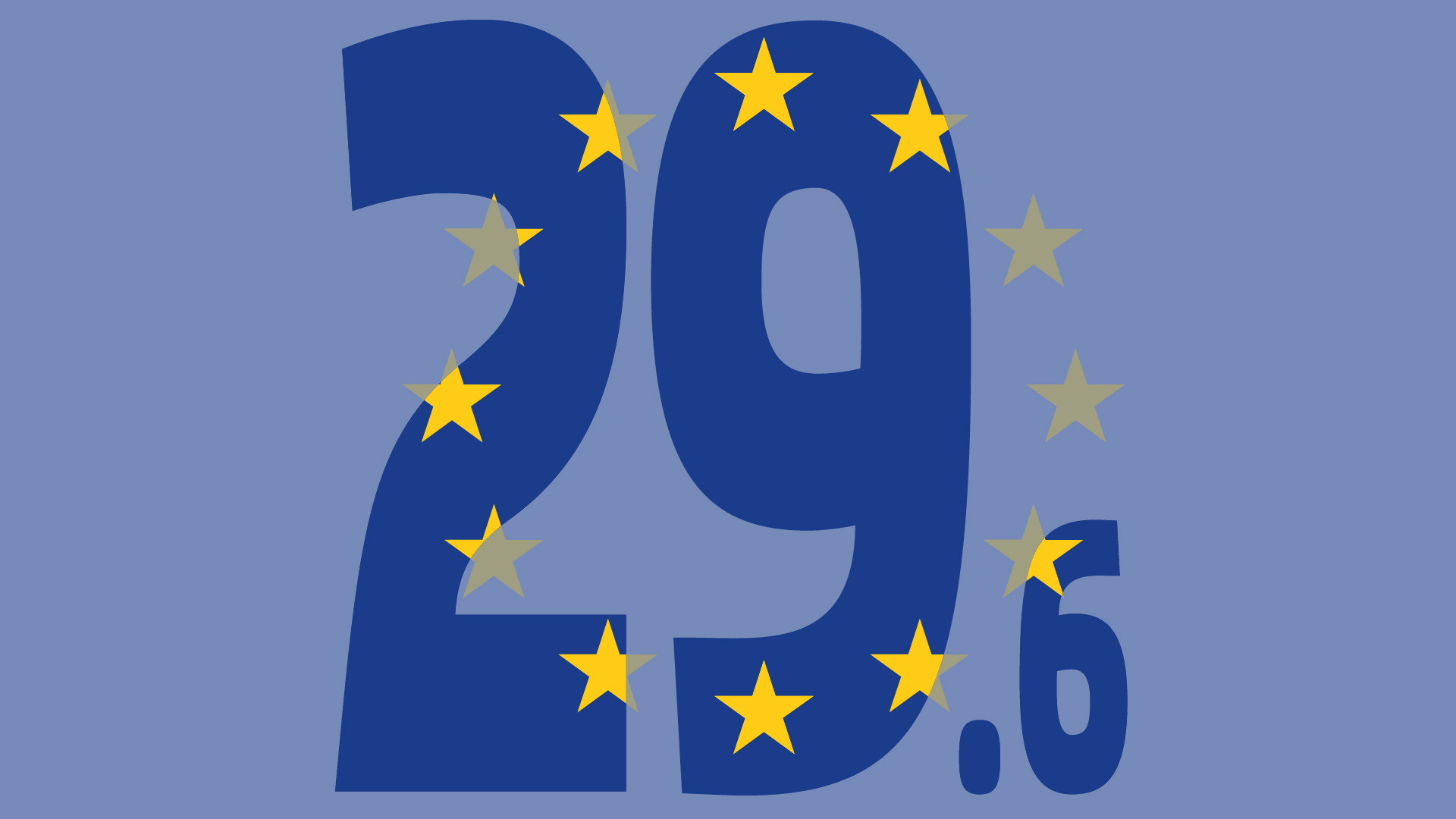-
Gas replaced coal, and hence European power sector emissions fell drastically by 4.5 %.
European coal generation fell by 94 TWh and gas generation increased by 101 TWh, resulting in 48 Mt less CO2 emitted. Half of this happened in the UK, but also Italy, Netherlands, Germany and Greece saw switching from coal to gas. However, gas generation was far from reaching a record – it is still 168 TWh below the 2010 level, showing that more coal-gas switching is possible without new infrastructure.
-
Renewables increased only slightly from 29.2 % to 29.6 % of the electricity mix, mainly due to bad solar and wind conditions. Radical price falls give hope for future growth.
Solar and wind conditions were generally below average in 2016, compared to well above average in 2015. However, with new capacity installed, overall generation still saw small increases. As to prices, 2016 saw record low renewables auction results with only 49,9 Euros/MWh for wind offshore and 53,8 Euros/MWh for solar, both in Denmark.
-
Electricity consumption rises slightly by 0.5 %, with European GDP rising by 1.7 %.
Only two countries saw falls in electricity consumption in 2016, most had modest increases. Investment going into energy efficiency is apparently sufficient to prevent electricity consumption from rising but not enough for electricity consumption to begin structurally falling.
-
The structural oversupply of the EU-ETS has passed the landmark of 3 billion tonnes of CO₂, as 2016 added another 255 million tonnes CO₂.
The reason is that ETS emissions are structurally below the cap – mocking the concept of a “cap-and-trade” system. To play a meaningful role in EU climate policy, the EU ETS needs to be fundamentally repaired.
-
The outlook for 2017 is for further big falls in fossil generation – but whether this is coal or gas is uncertain.
2016 gave a glimpse of the rapid falls in emissions that are possible with decreased coal production. But a coherent European policy approach to continually increasing renewables and to a just transition in the context of a coal phase-out is needed to ensure that the CO2 reductions of 2016 are continued into the future.
Energy transition in the power sector in Europe: state of affairs in 2016
Review on the developments in 2016 and outlook on 2017

Preface
The energy transition – the transformation of the power sector from a fossil-based to a decarbonised world with renewables at the centre – is a joint European project. The power sector will play a crucial role in attaining the European climate targets, which aim to cut greenhouse gases by at least 40 percent by 2030 compared to 1990.
For this analysis, Sandbag and Agora Energiewende joined forces and present the state of affairs in the European power sector in 2016: Where are we coming from? Where do we stand today? Key topics include power generation, power consumption, CO2 emissions and prices. Overall, it is clear that the current power system is not yet fully equipped to deal with the main challenges ahead: securing power supply at a reasonable price with as little emissions as possible. However, Europe is on the right path: almost 30 percent of the electricity produced already comes from renewable energy sources.
Key findings
Bibliographical data
Downloads
-
pdf 3 MB
Energy Transition in the Power Sector in Europe: State of Affairs in 2016
Review on the Developments in 2016 and Outlook on 2017




